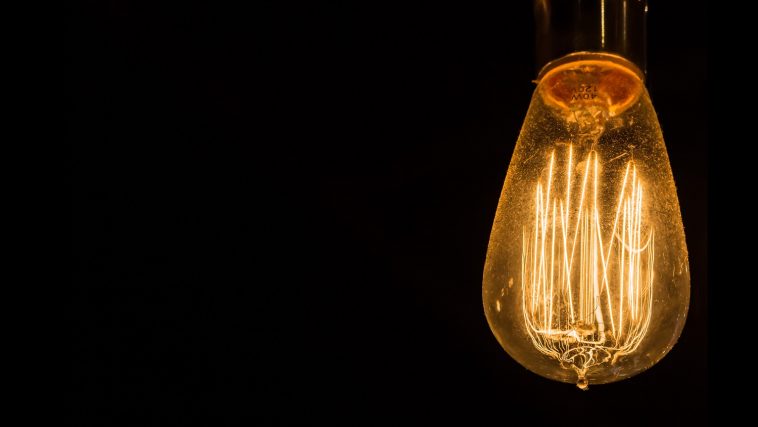[Originally published as Math, Electricity, & the Creator]
Electricity—we take it for granted and use it countless times a day. Turning on lights, using a computer, microwaving those leftovers, looking at a digital clock, cranking down the AC, opening the refrigerator, doing a tub of wash—the list of daily uses of electricity or electrical devices could go on and on.
But did you know it’s math that helps us explore electricity and design devices like lights and computers?
A glance back at history reveals a lot of math—and points us to the Creator.
Back in 1785, A man named Charles-Augustin de Coulomb discovered a mathematical relationship between the force and distance between electrically charged particles by doing experiments. His result can be expressed algebraically as shown below:

In other words, the force produced by electricity can be described mathematically!
Later, many others would do experiments and discover more of the ways electricity works. A key discoverer was a man named Michael Faraday, who realized that magnets can generate electricity and invented the first electric generator. Once again, math was used in this design. In fact, the relationship between the electrical voltage, the number of coils of wire, the change in something called magnetic flux, and the time can be described as shown below.

Faraday, like many other great scientists/inventors, saw creation (which math helped them explore) as pointing to God. Faraday wrote,
The book of nature which we have to read is written by the finger of God.
Sit back and think about it for a minute. Even at the microscopic level, electricity (which later scientists would realize is the flow of electrons) operates in a consistent enough fashion to describe it with formulas that we can rely on to work to such a degree that devices like light bulbs and computers can be built around it.
Why is creation this consistent? Because a faithful, consistent Creator governs all things.






